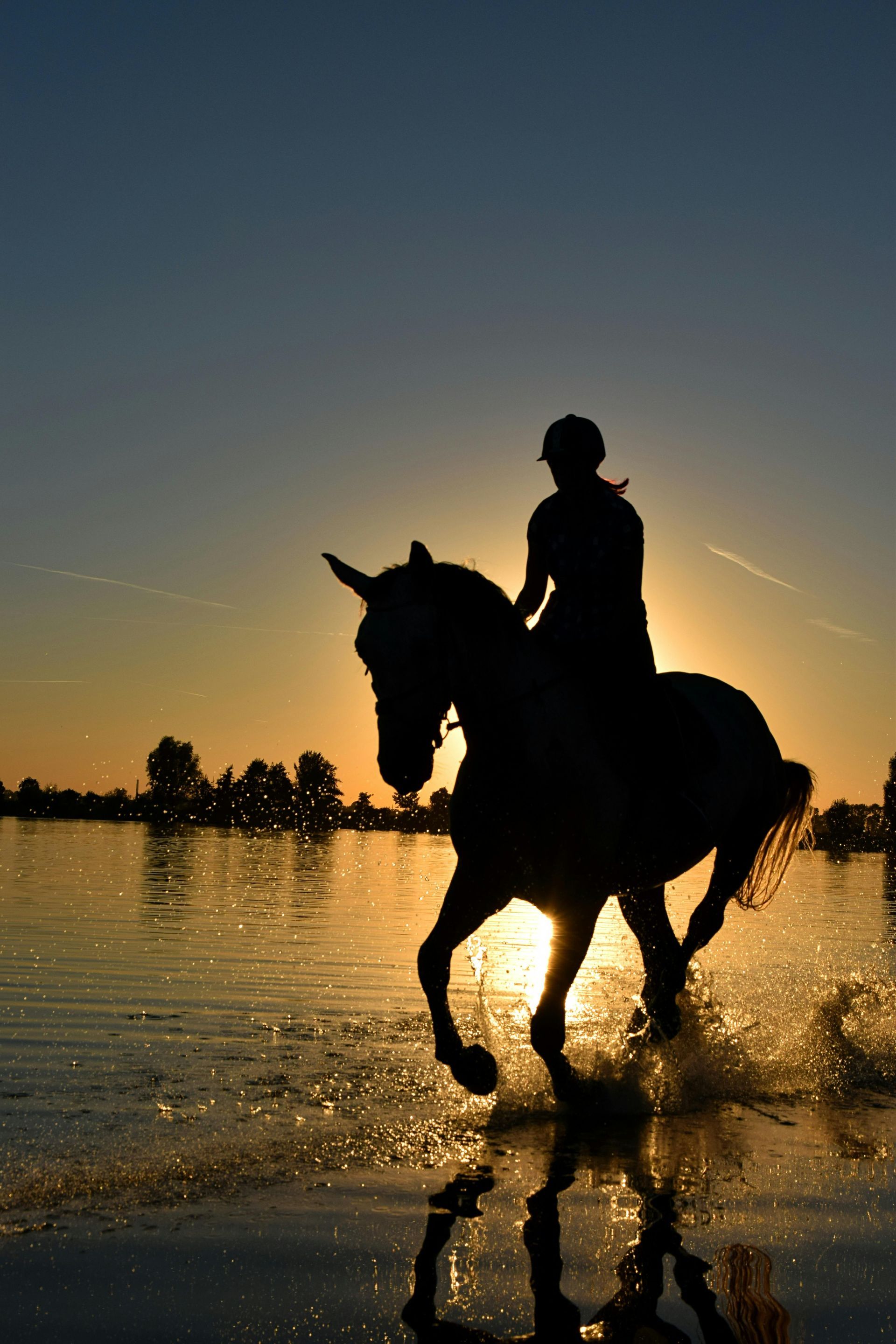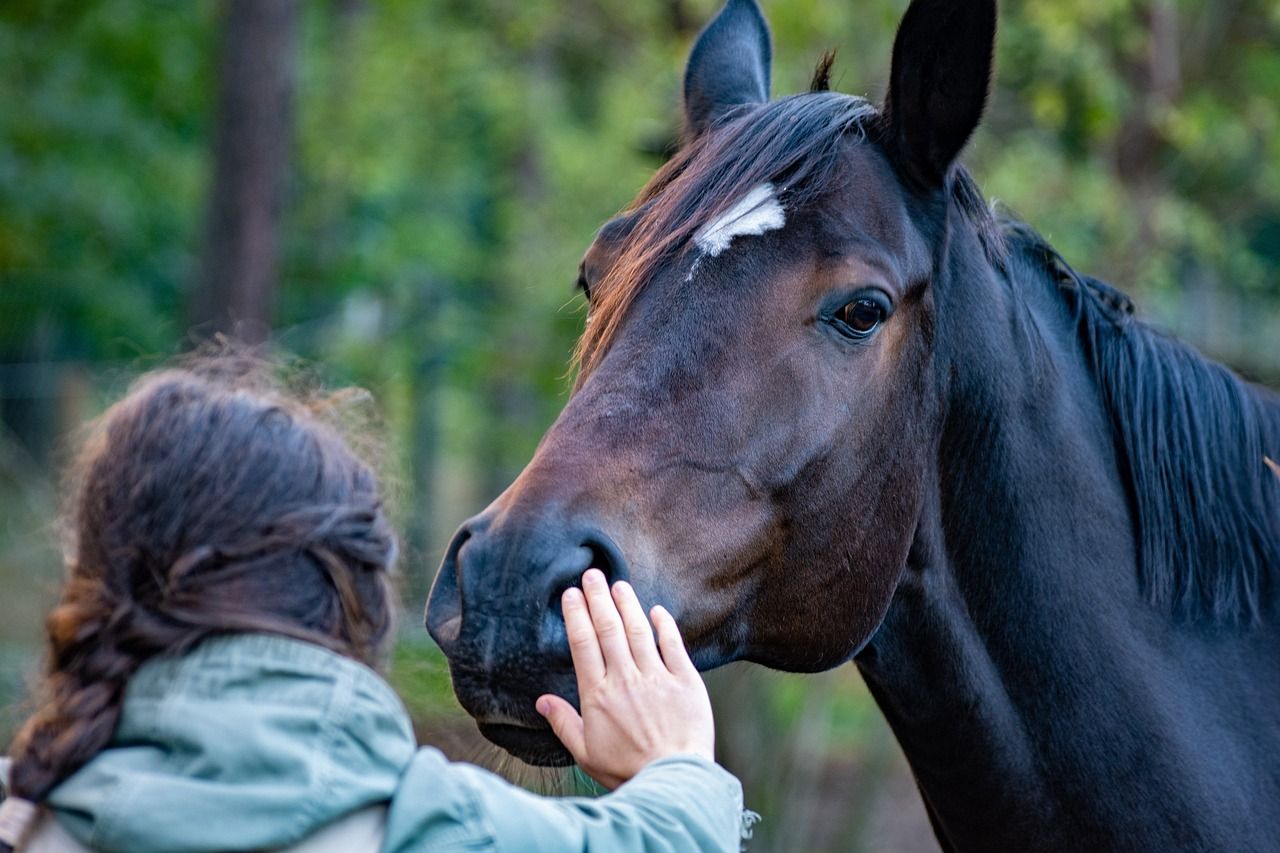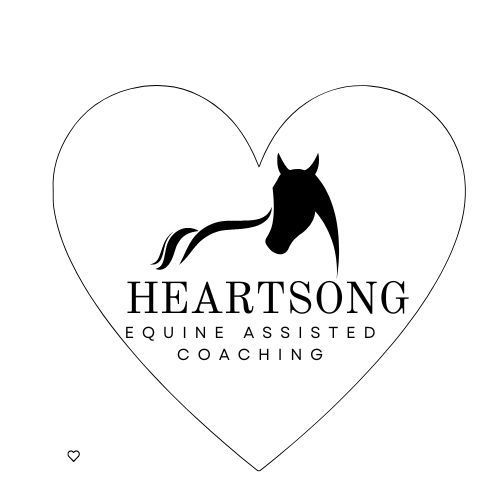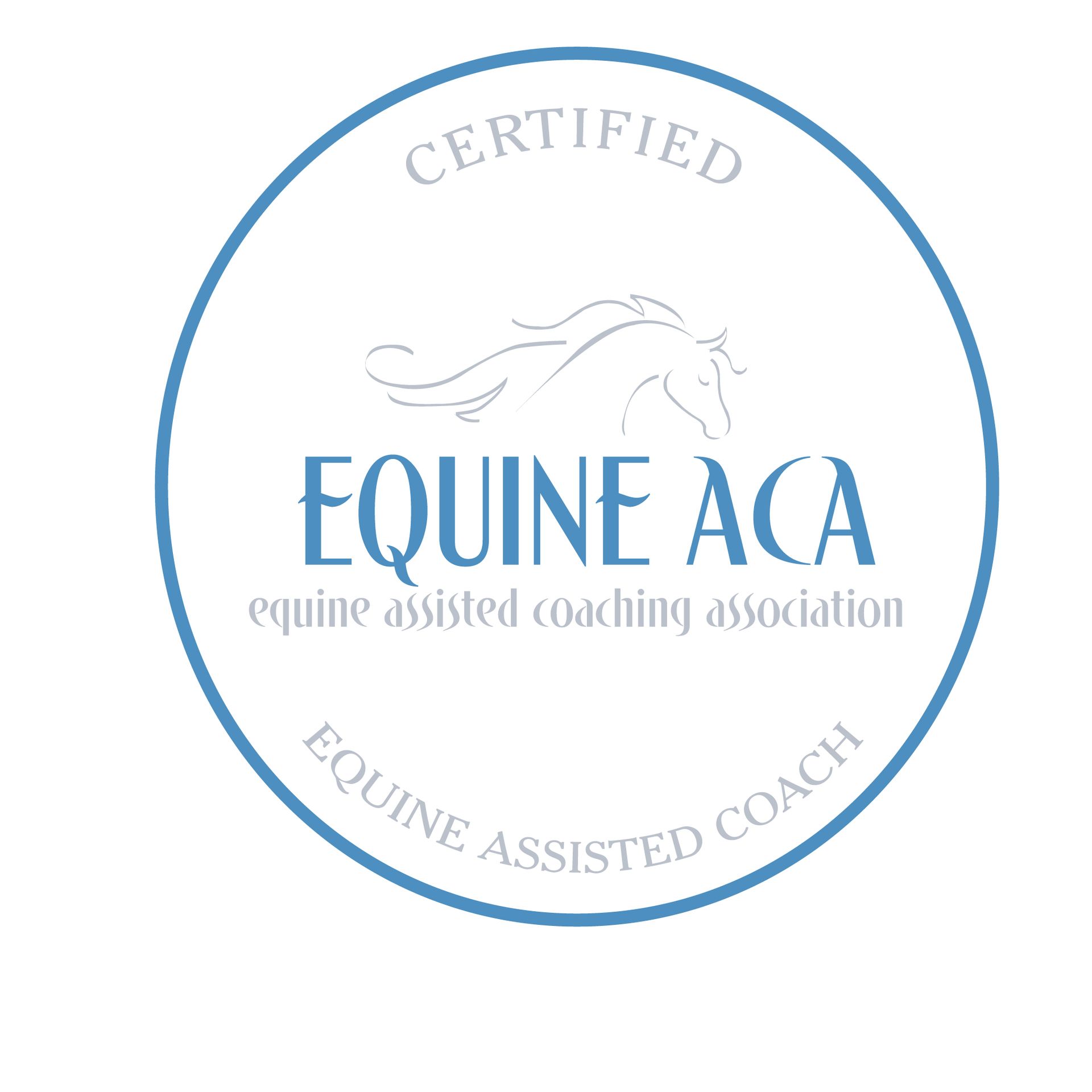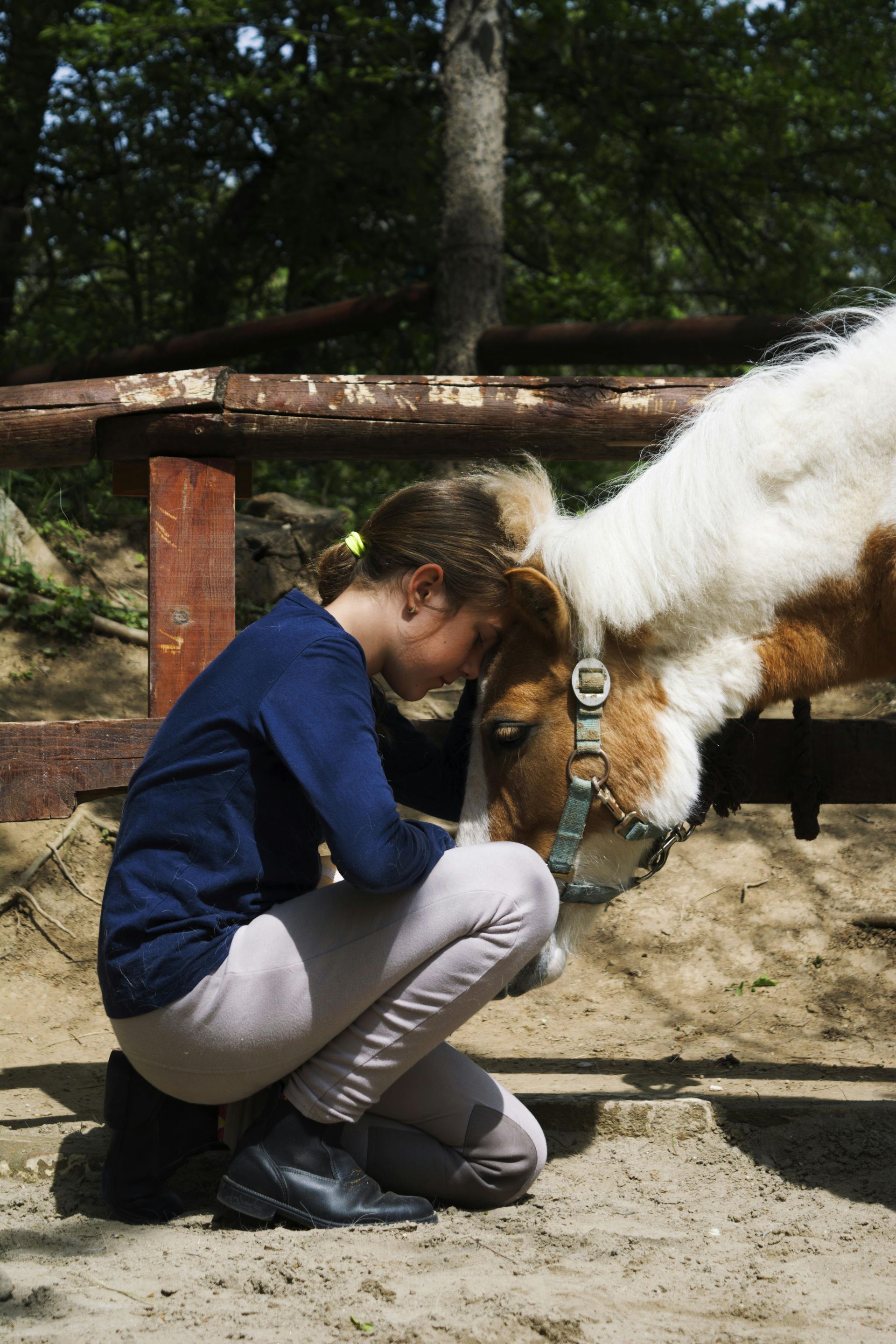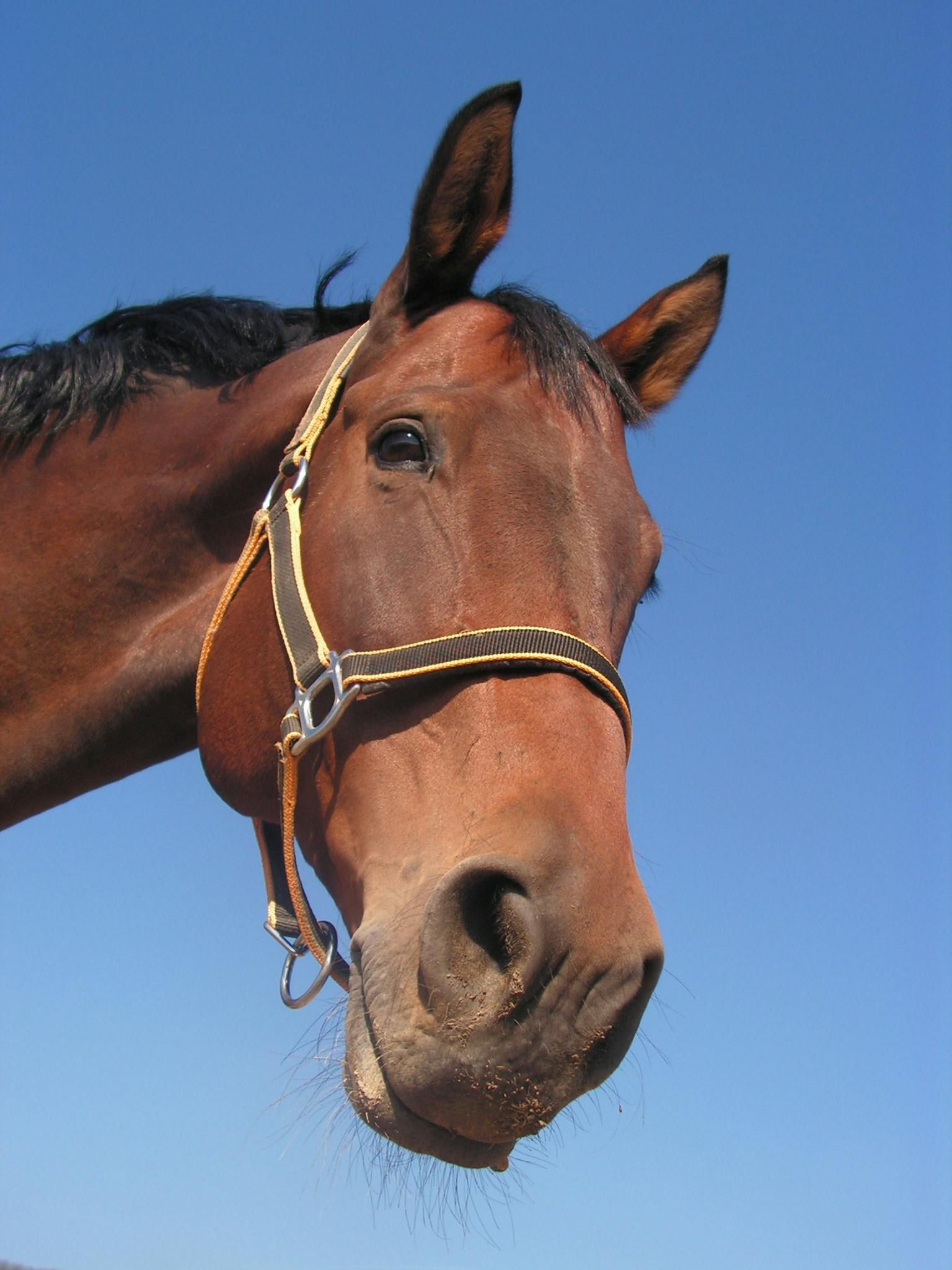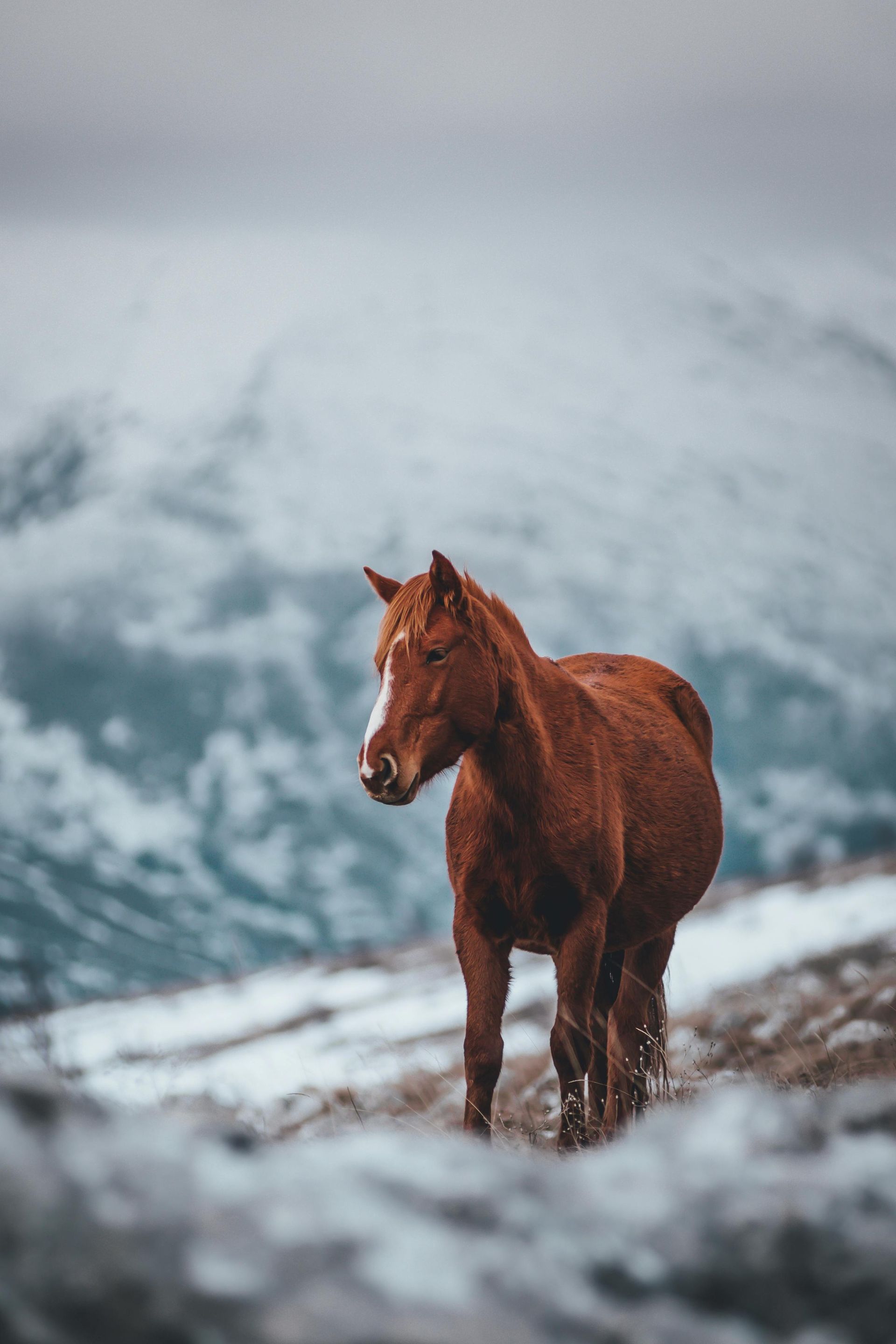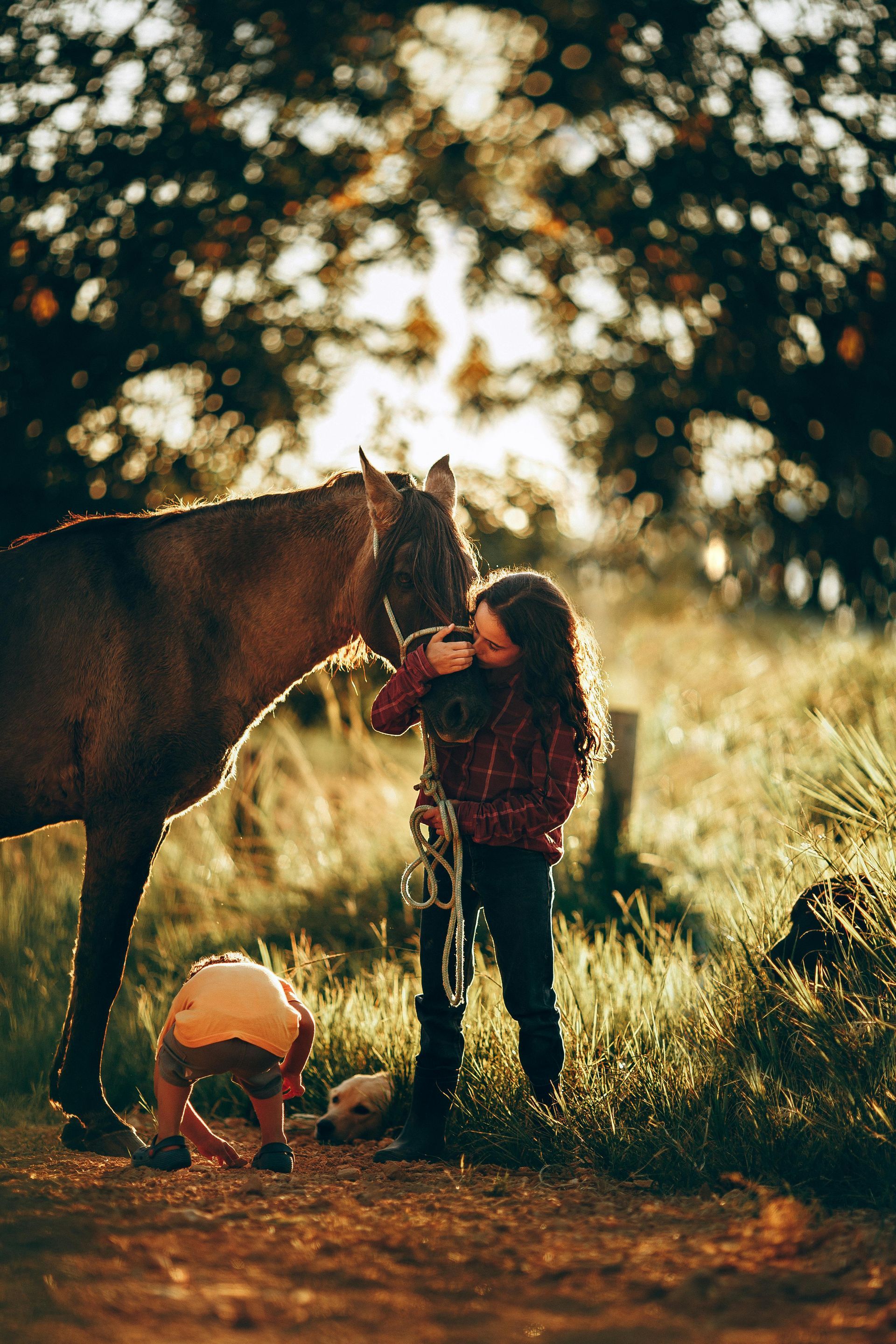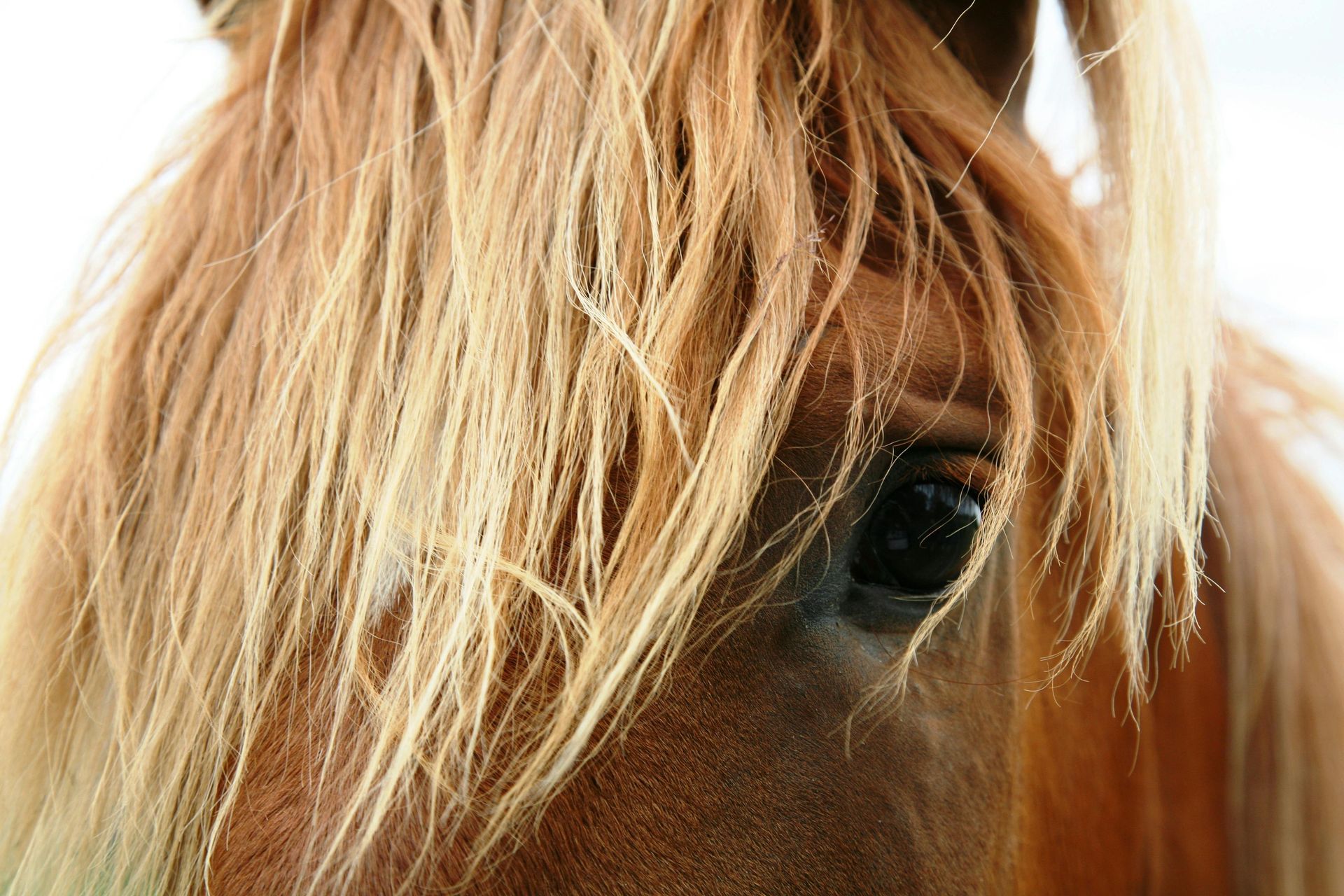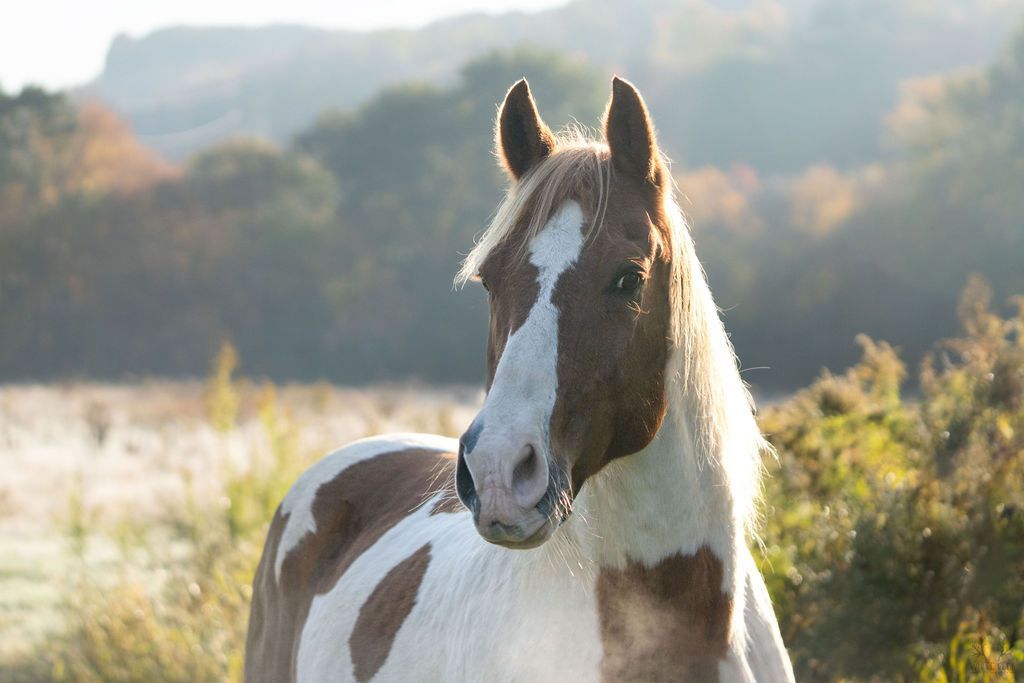Finding Her Voice in the Herd
A Teen's Journey To Confidence
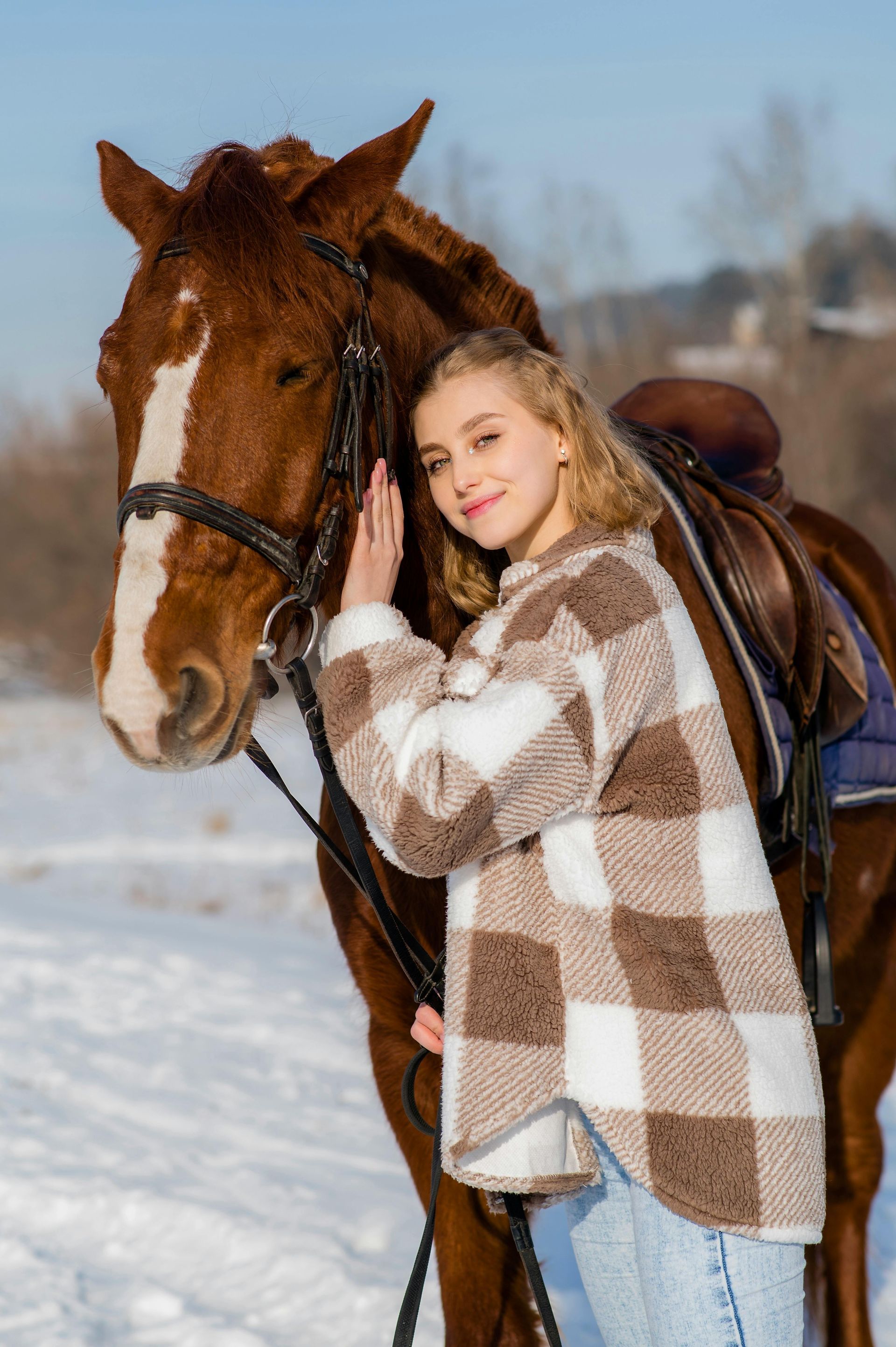
The quiet wisdom of horses has a way of mirroring our inner landscapes. I have the amazing privilege to use Equine Assisted Coaching with young people. This is the story of a young client, let's call her Ashley, who embarked on a journey of self-discovery and growth through equine-assisted coaching.
Ashley's mother shared concerns about her daughter's difficulty making friends, emotional outbursts, and struggles at school. Like many in today's digital age, Ashley also found herself spending a significant amount of time on her devices, perhaps as a way to cope or disengage. My goals were to use her interaction with the horses to foster emotional regulation, build Ashley's confidence, and improve her social skills.
From the beginning, I observed that Ashley's energy and intention appeared somewhat subdued. This manifested in her interactions with the horses, making it challenging for her to confidently lead them on the ground or take decisive control during mounted activities. There was a hesitancy, a lack of belief in her own ability to influence these large, powerful animals.
A cornerstone of our session became observing the nuanced, nonverbal language of the horses. These magnificent creatures communicate through subtle shifts in posture, ear movements, and energy. By tuning into these cues, Ashley began to understand how her own nonverbal communication – even the tension in her hands on the reins – was being received.
We engaged in several confidence-building activities, designed to empower Ashley to take the lead. A key element of my approach was to allow her the space to attempt tasks independently, whether it was leading her equine partner, picking up a hoof, or navigating obstacles in the arena while riding. My promise to her was simple: I would be there to support her, but I wouldn't step in until she asked for help. This seemingly small act held a powerful message: it is a strength to recognize when you need support and to ask for it.
One particularly insightful moment arose when Ashley was holding the reins. The horse she was working with that day had a wonderfully independent spirit and tended to resist when the reins were held too tightly. I gently demonstrated how a softer, more yielding touch often resulted in a more willing response from the horse. Despite seeing this firsthand, Ashley struggled to release her grip. It was as if the tension in her hands mirrored an inner tension, a need to control perhaps stemming from anxiety.
We also noticed a pattern in Ashley's energy levels when interacting with the horse. She would often jump from a place of low intention to intense frustration when the horse didn't immediately respond. Bringing awareness to this "0 to 10" reaction became a focal point, as understanding this pattern could be a key to regulating her emotions in other areas of her life.
Over the past few weeks, I had observed clues that suggested Ashley might have an anxious attachment style. She seemed easily overwhelmed and would often retreat to her tablet as a way to cope. This led me to believe that building trust was paramount – trust in herself, trust in me as her coach, and trust in the horses.
Today our session began in the open field, a space where the horses could choose to interact freely. I introduced Ashley to each member of the herd, instructing her to wait patiently until a horse initiated contact by touching her with its nose. Only then could she reach out to pet them. This simple exercise fostered a sense of respect and allowed Ashley to experience the horses' individual personalities and boundaries. Interestingly, one horse, who has his own set of challenges and cannot be ridden, chose not to approach. This provided a valuable lesson in accepting individual differences.
As we moved to leading a horse to the arena, the "0 to 10" pattern re-emerged. Ashley's intention would fluctuate, sometimes too weak to effectively guide the horse, quickly escalating to frustration when he didn't comply. This provided a powerful parallel to her relationship with her younger brother. She expressed feeling helpless to stop him from intruding on her personal space, even entering her room without knocking while she was changing. He seemed to know exactly how to "push her buttons," and she found herself reacting every time. This opened a space for us to brainstorm practical strategies she could use to limit her reactions and establish better boundaries. I explained that our work with the horse today would serve as a tangible practice for emotional regulation.
The breakthrough of the session came while Ashley was in the saddle. I asked her to guide the horse forward just a few feet to a large hula hoop placed in the arena. My instruction was simple: as soon as the horse began to move, she was to soften her grip and essentially place the reins down onto his neck. To our surprise, by the third attempt, the horse placed his feet squarely inside the hula hoop without her using the reins. This was a significant shift from the previous weeks, where attempts to navigate this horse around obstacles often met with resistance.
The conclusion was clear: the more Ashley tried to force the horse, the more resistant he became. Conversely, the more she "let go" of the need to control and allowed herself to relax and trust, the more willing the horse was to respond to her gentle guidance.
Following this success, I empowered Ashley to take ownership of the exercise. I asked her to direct me where to place the hula hoop in the arena. Each time, she confidently chose to move it further away, a physical manifestation of her growing sense of security and trust in herself and her equine partner.
Ashley left the session with a tangible experience of how releasing control and trusting, can sometimes lead to greater connection and cooperation. She gained valuable insights into her own emotional patterns and discovered the power of subtle communication and self-trust. The horses, as they so often do, had offered her a profound and embodied lesson in navigating the complexities of relationships and self-regulation. It was a privilege to witness her find her voice, not through force, but through a quiet confidence discovered within the gentle presence of the horses.
Disclaimer: While the experiences and insights shared here are drawn from real client work, "Ashley" is a composite character, and the specific details have been altered to protect the privacy and confidentiality of individuals I work with.
